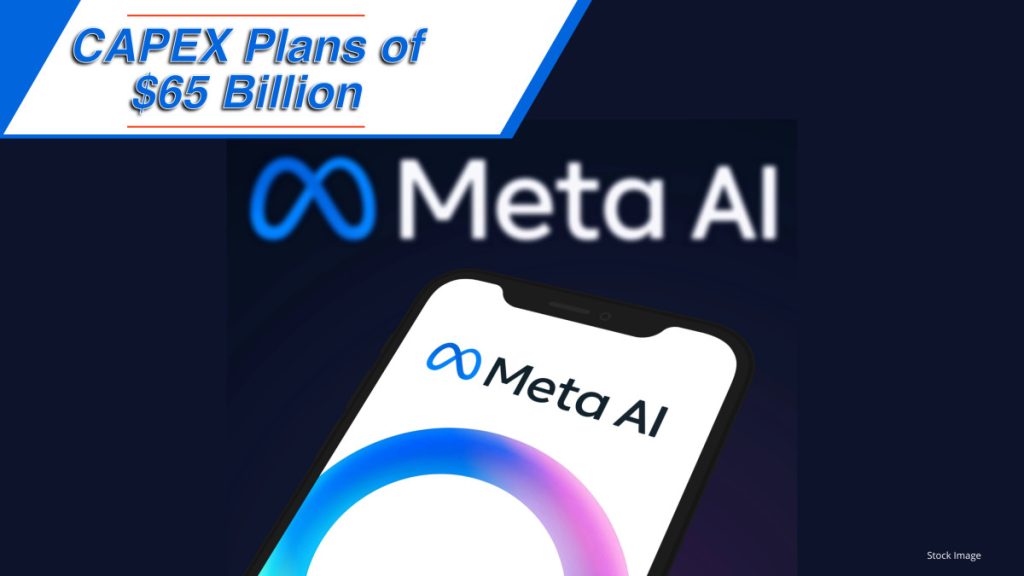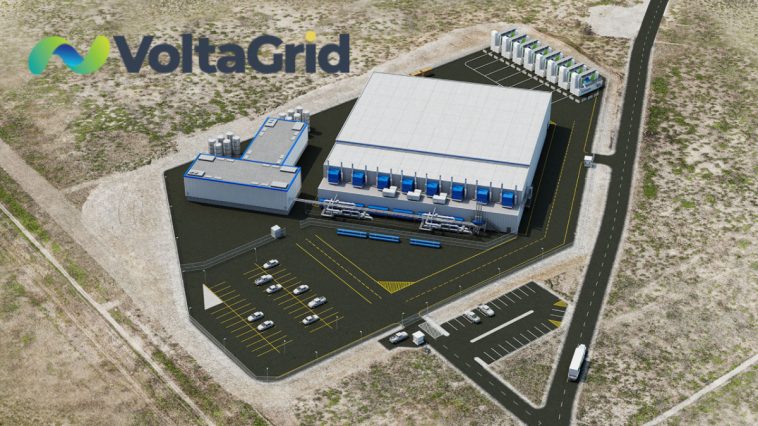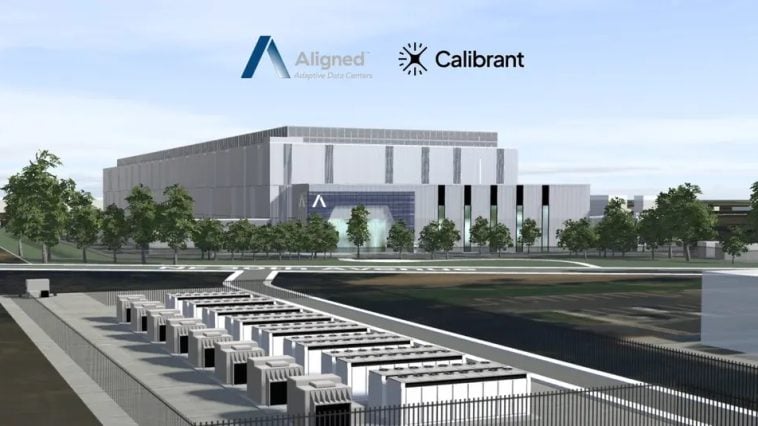Meta Platforms is ramping up its investment in U.S.-based data centers as it accelerates development of artificial intelligence infrastructure critical to powering its next-generation technologies. The tech giant plans to spend up to $65 billion in capital expenditures in 2025, with a significant portion allocated to expanding its data center footprint. Projects already underway in Wisconsin, Arizona, and Ohio highlight Meta’s aggressive strategy to position itself as a dominant force in AI computing — while creating ripple effects in regional energy grids and labor markets.
In Wisconsin, Meta is reportedly behind a nearly $1 billion data center development in central parts of the state. Although the company has yet to publicly confirm its identity in the project, state documents revealed an $837 million multi-year investment. The development coincides with a wave of similar tech sector projects in Wisconsin, where companies like Microsoft and OpenAI are eyeing the state for major AI-related infrastructure. In response to the growing load on power systems, Wisconsin-based utility We Energies has proposed a new rate structure tailored to data centers, aiming to balance growth with broader grid stability.
Meanwhile, in Mesa, Arizona, Meta has launched operations at its newest billion-dollar data center, which is now serving traffic across its global platforms. The Mesa facility stands out not only for its scale — eventually totaling more than $1 billion in investment — but also for its integration of clean energy and sustainability initiatives. Powered by 100% renewable electricity through a partnership with Salt River Project, the Mesa site adds 450 megawatts of new renewable capacity to Arizona’s energy mix. It also reflects Meta’s commitment to local impact, with job creation for over 2,000 construction workers, 200 full-time staff, and community investments in education and water conservation.
In Middleton Township, Ohio, Meta is building a 715,000-square-foot data center projected to cost more than $800 million. Expected to support about 100 permanent jobs and over 1,000 construction roles at peak, the Bowling Green Data Center will be Meta’s 24th in the U.S. and 28th globally. Like its Arizona counterpart, the Ohio site emphasizes renewable energy, working with Toledo Edison to ensure its energy use is fully matched by clean power. Meta is also launching a Data Center Community Action Grants program to support education and nonprofit initiatives in the surrounding Wood County area.
The surge in AI-related data center construction underscores how infrastructure needs are evolving in the digital economy. These centers require massive amounts of electricity and water to support advanced computing capabilities like those needed for generative AI models. In public statements, CEO Mark Zuckerberg has projected a total investment of “hundreds of billions of dollars” in AI infrastructure over the coming years. The company plans to bring online around 1 GW of computing capacity in 2025 alone and will end the year with more than 1.3 million GPUs.
Meta’s strategy of pairing large-scale data centers with clean energy commitments has helped ease some concerns, but the broader sustainability of this growth depends on continued innovation in energy sourcing, water use, and emissions reduction.
As Meta continues to pursue its vision of AI-powered connectivity, its investments are catalyzing significant economic development and reshaping the energy landscape in states across the U.S. With data centers emerging as the backbone of the AI era, how companies like Meta balance scale with sustainability will play a pivotal role in defining the tech industry’s future footprint.














